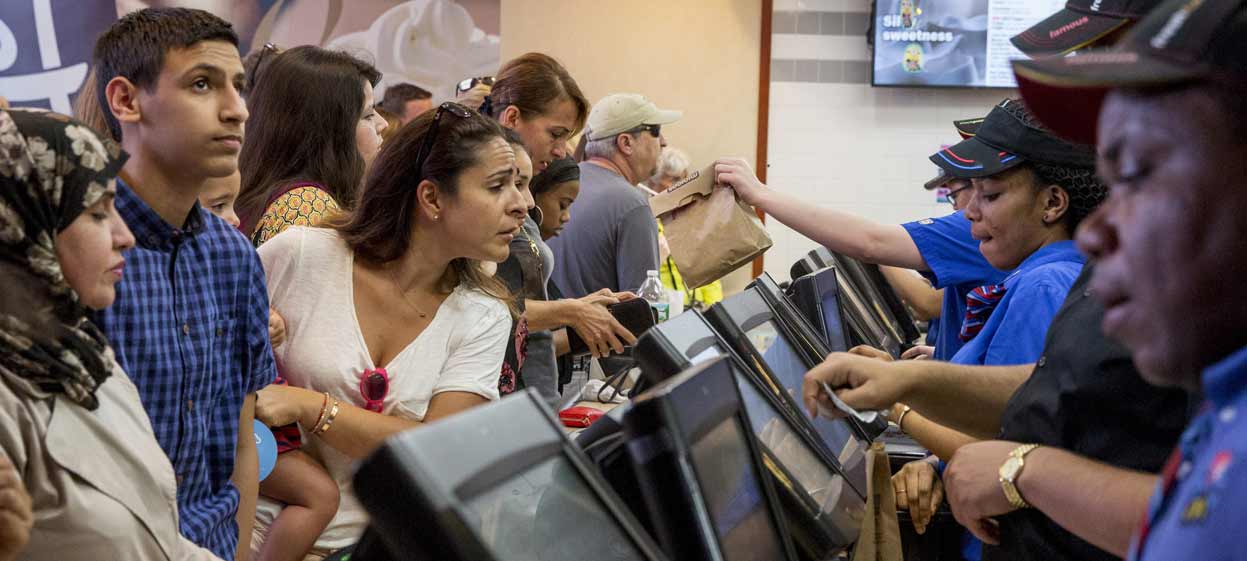US consumer spending jumps, as monthly inflation rebounds
May 30, 20171.5K views0 comments
U.S. consumer spending recorded its biggest increase in four months in April and monthly inflation rebounded, pointing to firming domestic demand that could allow the Federal Reserve to raise interest rates next month, Reuters reports.
The Commerce Department said on Tuesday that consumer spending, which accounts for more than two-thirds of U.S. economic activity, increased 0.4 percent last month after an upwardly revised 0.3 percent gain in March. Households spent more on both goods and services last month.

April’s increase was the biggest since December and could ease concerns about second-quarter economic growth after weak reports on core capital goods orders, the goods trade deficit and inventory investment in April. Consumer spending was previously reported to have been unchanged in March.
U.S. stock index futures pared losses after the data while the dollar edged up against the yen. Prices of U.S. Treasuries were trading slightly higher.
Consumer spending grew at its slowest pace in more than seven years in the first quarter, helping to restrict gross domestic product growth to a 1.2 percent annual rate in the first three months of the year. GDP growth estimates for the second quarter range between a rate of 2 percent and 3 percent.
Minutes of the Fed’s May 2-3 policy meeting, which were published last week, showed that while policymakers agreed they should hold off hiking rates until there was evidence the growth slowdown was transitory, “most participants” believed “it would soon be appropriate” to raise borrowing costs.
The U.S. central bank hiked rates by 25 basis points in March. Expectations of further policy tightening next month are also supported by steadily rising inflation.
The personal consumption expenditures (PCE) price index rebounded 0.2 percent in April, reversing March’s 0.2 percent drop. In the 12 months through April, the PCE price index increased 1.7 percent after rising 1.9 percent in March.
Excluding food and energy, the so-called core PCE price index also bounced back 0.2 percent after dipping 0.1 percent in March. In the 12 months through April, the core PCE price index increased 1.5 percent after rising 1.6 percent in March.
The core PCE is the Fed’s preferred inflation measure. The central bank has a 2 percent target for core PCE.
But rising inflation is cutting into both consumer spending and income growth. When adjusted for inflation, so-called real consumer spending rose 0.2 percent last month after advancing 0.5 percent in March.
While personal income rose 0.4 percent last month, as wages jumped 0.7 percent, income at the disposal of households after accounting for inflation advanced 0.2 percent. Real disposable income increased 0.4 percent in March.
Savings were little changed at $759.1 billion last month.
